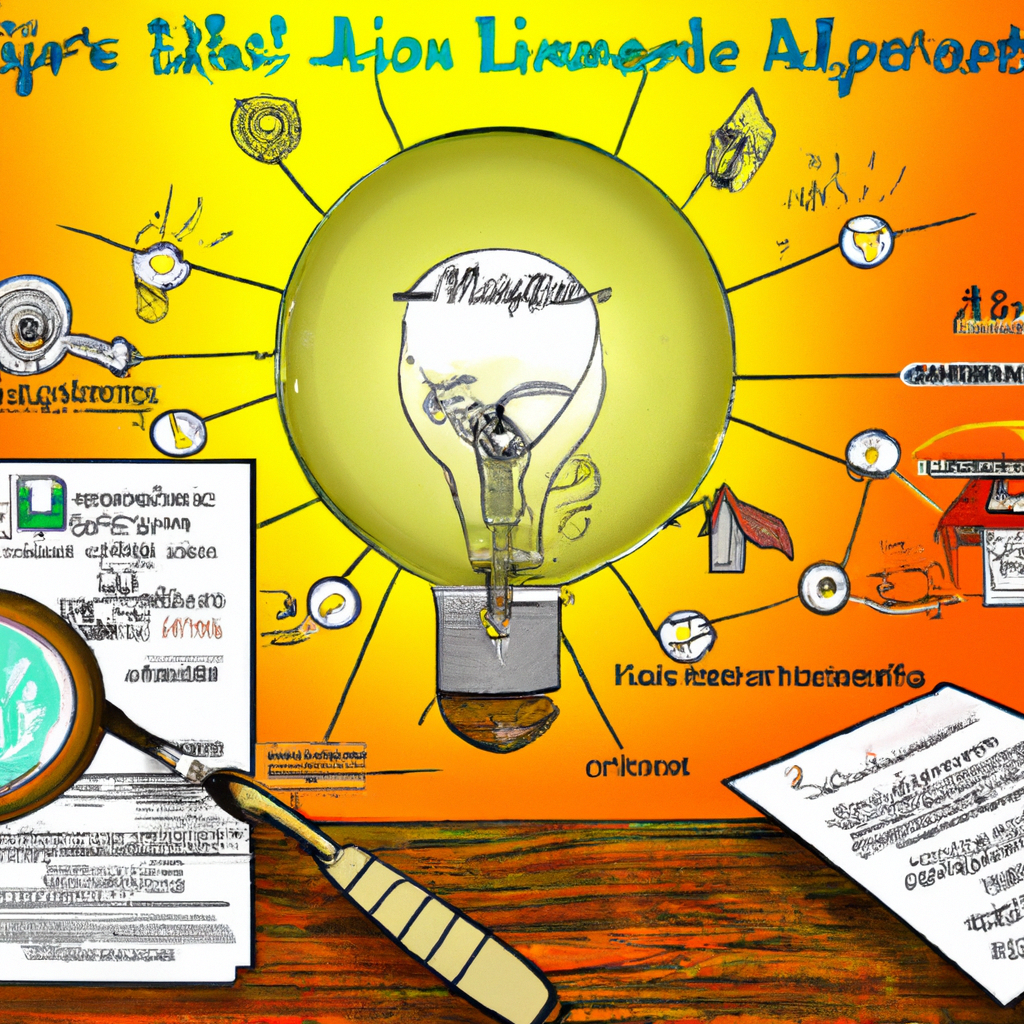Unraveling the complexities of life insurance coverage
Life insurance is an important financial tool that provides a financial safety net for your loved ones in the event of your death. However, navigating the complexities of life insurance coverage can be overwhelming for many individuals. In this article, we will break down the key components of life insurance coverage to help you better understand your policy.
Types of Life Insurance
- Term Life Insurance: Term life insurance provides coverage for a specific period of time, typically 10, 20, or 30 years. This type of insurance is generally more affordable than permanent life insurance but does not build cash value.
- Whole Life Insurance: Whole life insurance provides coverage for your entire life and includes a cash value component that grows over time. Premiums are typically higher than term life insurance but can provide more long-term financial benefits.
- Universal Life Insurance: Universal life insurance offers more flexibility than whole life insurance, allowing you to adjust your premiums and death benefit over time. This type of insurance also has a cash value component that earns interest.
Factors to Consider When Choosing a Life Insurance Policy
When selecting a life insurance policy, it’s important to consider the following factors:
- Amount of Coverage: Determine how much coverage you need to provide for your loved ones’ financial security, including household expenses, debts, and future financial goals.
- Term Length: Decide on the length of coverage that aligns with your financial needs and goals, such as paying off your mortgage or funding your children’s college education.
- Premium Costs: Compare premium costs between different types of life insurance policies to find a plan that fits your budget.
- Cash Value Accumulation: Consider whether building cash value over time is important to you and select a policy that aligns with your financial objectives.
Understanding Policy Riders
Life insurance policies often come with optional policy riders that provide additional benefits or customization options. Common policy riders include:
- Accelerated Death Benefit Rider: Allows you to access a portion of your death benefit if you are diagnosed with a terminal illness.
- Waiver of Premium Rider: Waives premium payments if you become disabled and are unable to work.
- Child Term Rider: Provides coverage for your children under your life insurance policy.
Reviewing Your Coverage Regularly
Life insurance needs can change over time due to various life events, such as marriage, having children, or buying a home. It’s essential to review your coverage regularly to ensure that your policy aligns with your current financial situation and goals.
By understanding the complexities of life insurance coverage and considering your unique financial needs, you can make informed decisions when selecting a policy that provides the necessary protection for your loved ones.
